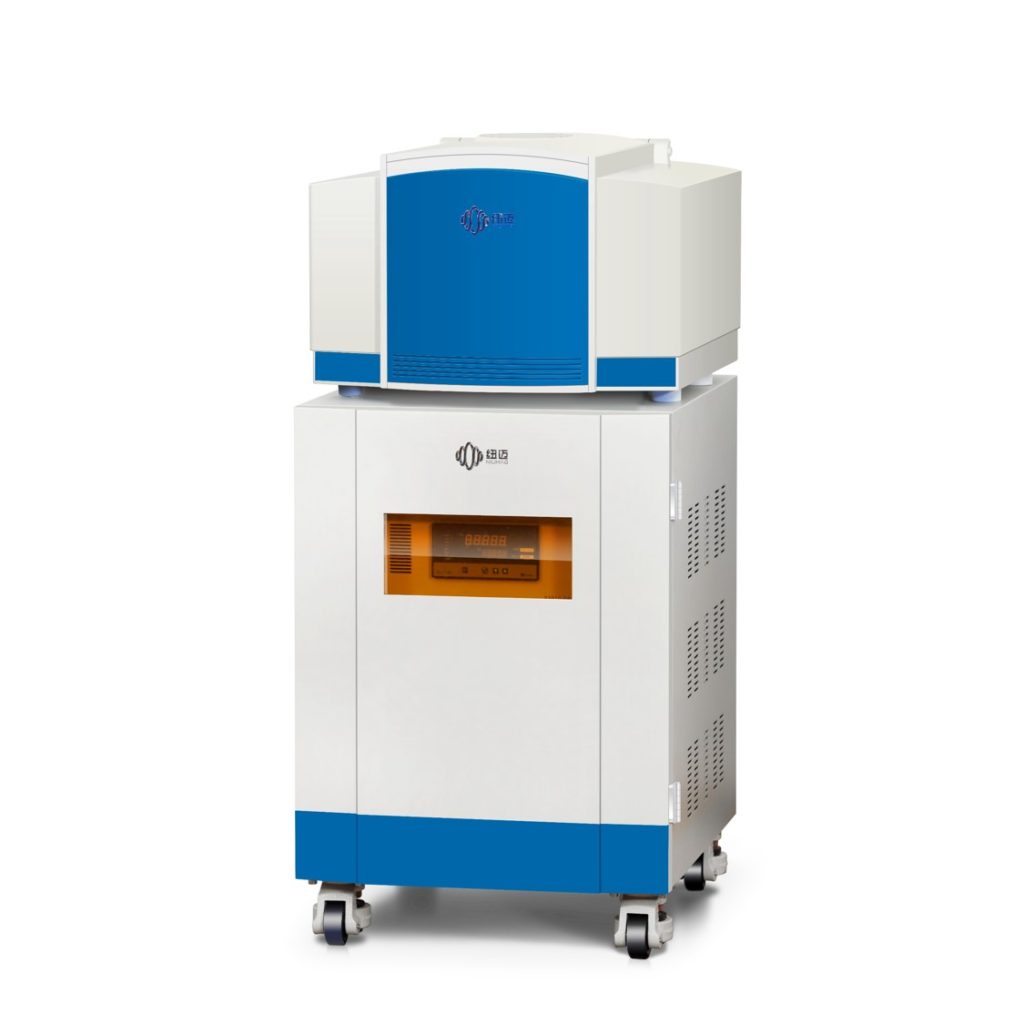The NMR analyzer is mainly composed of magnetic field, field stabilization and shimming system, radio frequency source, probe, receiving system, signal recording and data processing system, and some accessories such as temperature change unit
The function of the magnetic field is to split the magnetic energy machine of the nuclear spin system. Generally, permanent magnets or electromagnets are used for spectroscopy below 100MHz to generate magnetic fields, and magnetic fields for nuclear magnetic spectroscopy above 100MHz are generally generated by superconducting magnets. The superconducting magnet has good magnetic field stability and field uniformity, which can improve the sensitivity of the spectroscopy and enhance the resolution.
The field stabilization and shimming system enhances the stability of the instrument and the uniformity of the magnetic field to meet the magnetic field stability required by the trans experiment, 3D experiment, and 4D experiment. The field stabilization system required by electromagnets is relatively complicated, and the field stabilization system of permanent magnets and superconductors is relatively simplified. At present, ten to twenty sets of shim coils can meet the requirements
NMR spectroscopy, also known as nuclear magnetic resonance spectroscopy, nuclear magnetic resonance spectroscopy. A spectroscopy that uses nuclear magnetic resonance for proton and atomic nucleus analysis to study changes in chemical and physical quantities in a wide frequency range. It is an instrument for nuclear magnetic resonance analysis. It is mainly composed of external magnetic field (permanent magnet, electromagnet and superconducting magnet), radio frequency oscillator, detection probe, radio frequency receiver, scanning generator and recording system. The radio frequency wave generated by the radio frequency oscillator is modulated and enters the probe. The probe is equipped with a sample tube and a coil that transmits and receives radio frequency waves to the sample. The information obtained is detected and amplified by the receiver, and then sent to the recorder to obtain the nuclear magnetic resonance spectrum.
There are two types of instruments:
①Continuous wave spectroscopy, the radio frequency wave generated by the radio frequency oscillator continuously irradiates the sample according to the frequency, and the frequency spectrum can be obtained;
② Pulse Fourier Transform Spectroscopy, the radio frequency wave generated by the radio frequency oscillator irradiates the sample in a narrow pulse mode, and the obtained time spectrum is Fourier transformed to obtain the frequency spectrum.

 NIUMAG
NIUMAG